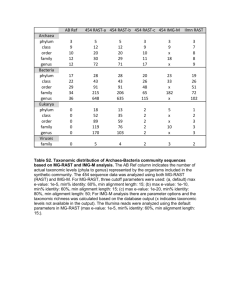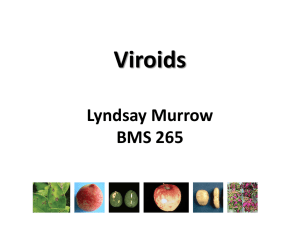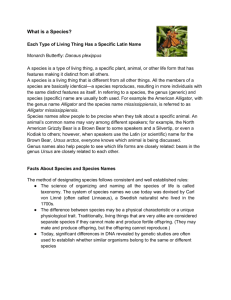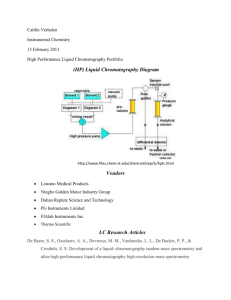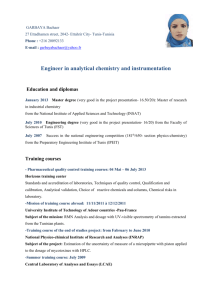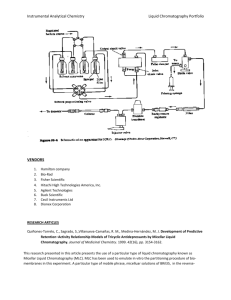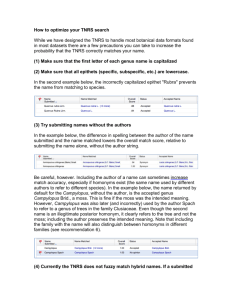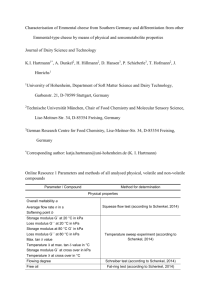File
advertisement
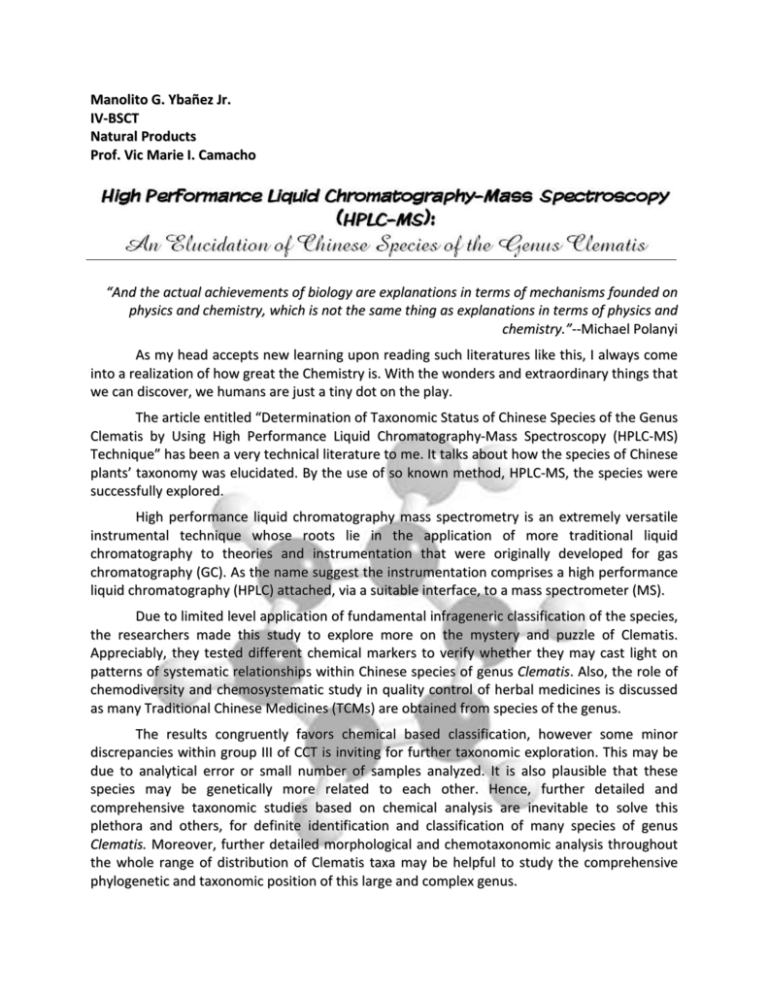
Manolito G. Ybañez Jr. IV-BSCT Natural Products Prof. Vic Marie I. Camacho “And the actual achievements of biology are explanations in terms of mechanisms founded on physics and chemistry, which is not the same thing as explanations in terms of physics and chemistry.”--Michael Polanyi As my head accepts new learning upon reading such literatures like this, I always come into a realization of how great the Chemistry is. With the wonders and extraordinary things that we can discover, we humans are just a tiny dot on the play. The article entitled “Determination of Taxonomic Status of Chinese Species of the Genus Clematis by Using High Performance Liquid Chromatography-Mass Spectroscopy (HPLC-MS) Technique” has been a very technical literature to me. It talks about how the species of Chinese plants’ taxonomy was elucidated. By the use of so known method, HPLC-MS, the species were successfully explored. High performance liquid chromatography mass spectrometry is an extremely versatile instrumental technique whose roots lie in the application of more traditional liquid chromatography to theories and instrumentation that were originally developed for gas chromatography (GC). As the name suggest the instrumentation comprises a high performance liquid chromatography (HPLC) attached, via a suitable interface, to a mass spectrometer (MS). Due to limited level application of fundamental infrageneric classification of the species, the researchers made this study to explore more on the mystery and puzzle of Clematis. Appreciably, they tested different chemical markers to verify whether they may cast light on patterns of systematic relationships within Chinese species of genus Clematis. Also, the role of chemodiversity and chemosystematic study in quality control of herbal medicines is discussed as many Traditional Chinese Medicines (TCMs) are obtained from species of the genus. The results congruently favors chemical based classification, however some minor discrepancies within group III of CCT is inviting for further taxonomic exploration. This may be due to analytical error or small number of samples analyzed. It is also plausible that these species may be genetically more related to each other. Hence, further detailed and comprehensive taxonomic studies based on chemical analysis are inevitable to solve this plethora and others, for definite identification and classification of many species of genus Clematis. Moreover, further detailed morphological and chemotaxonomic analysis throughout the whole range of distribution of Clematis taxa may be helpful to study the comprehensive phylogenetic and taxonomic position of this large and complex genus.
